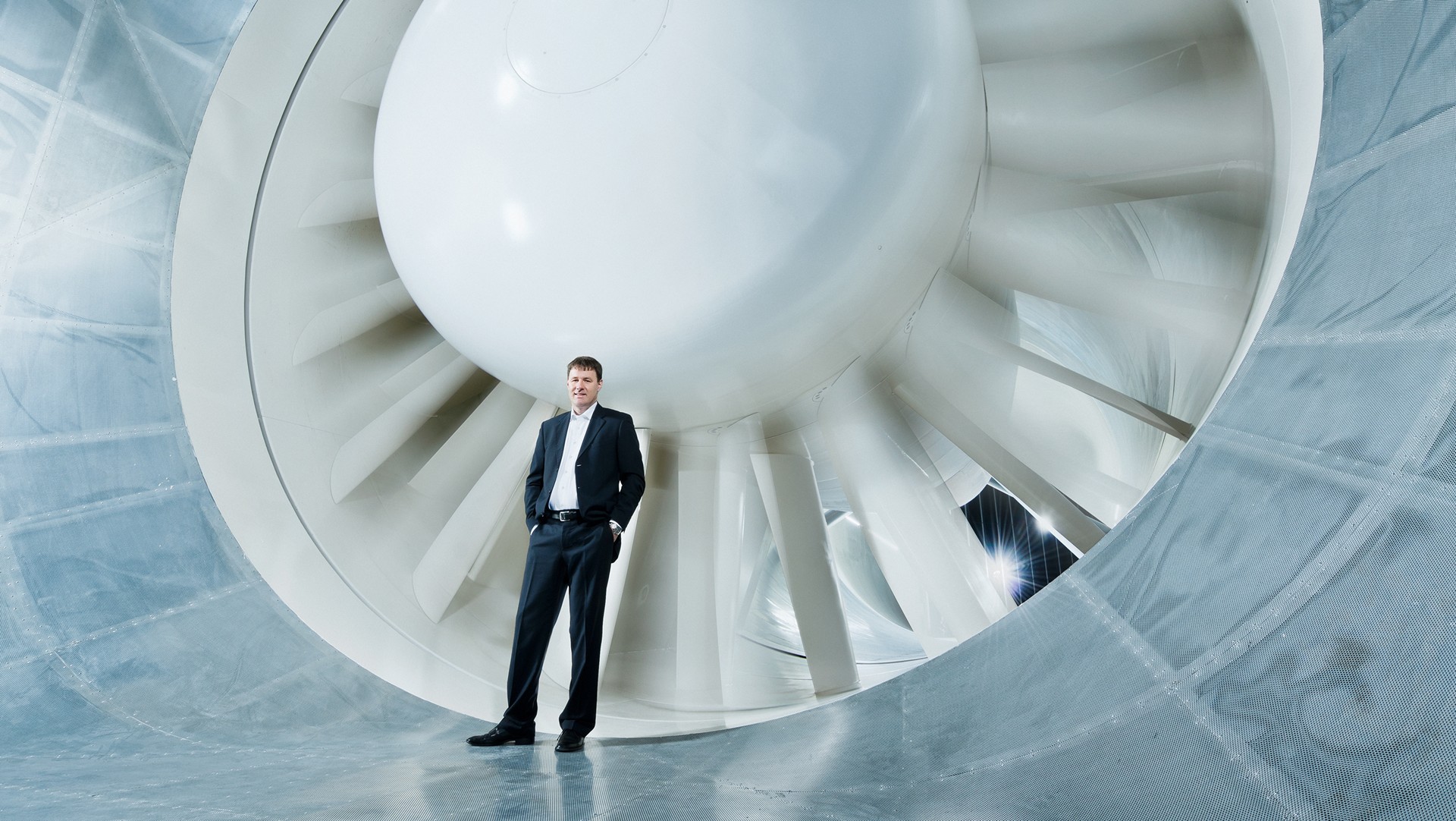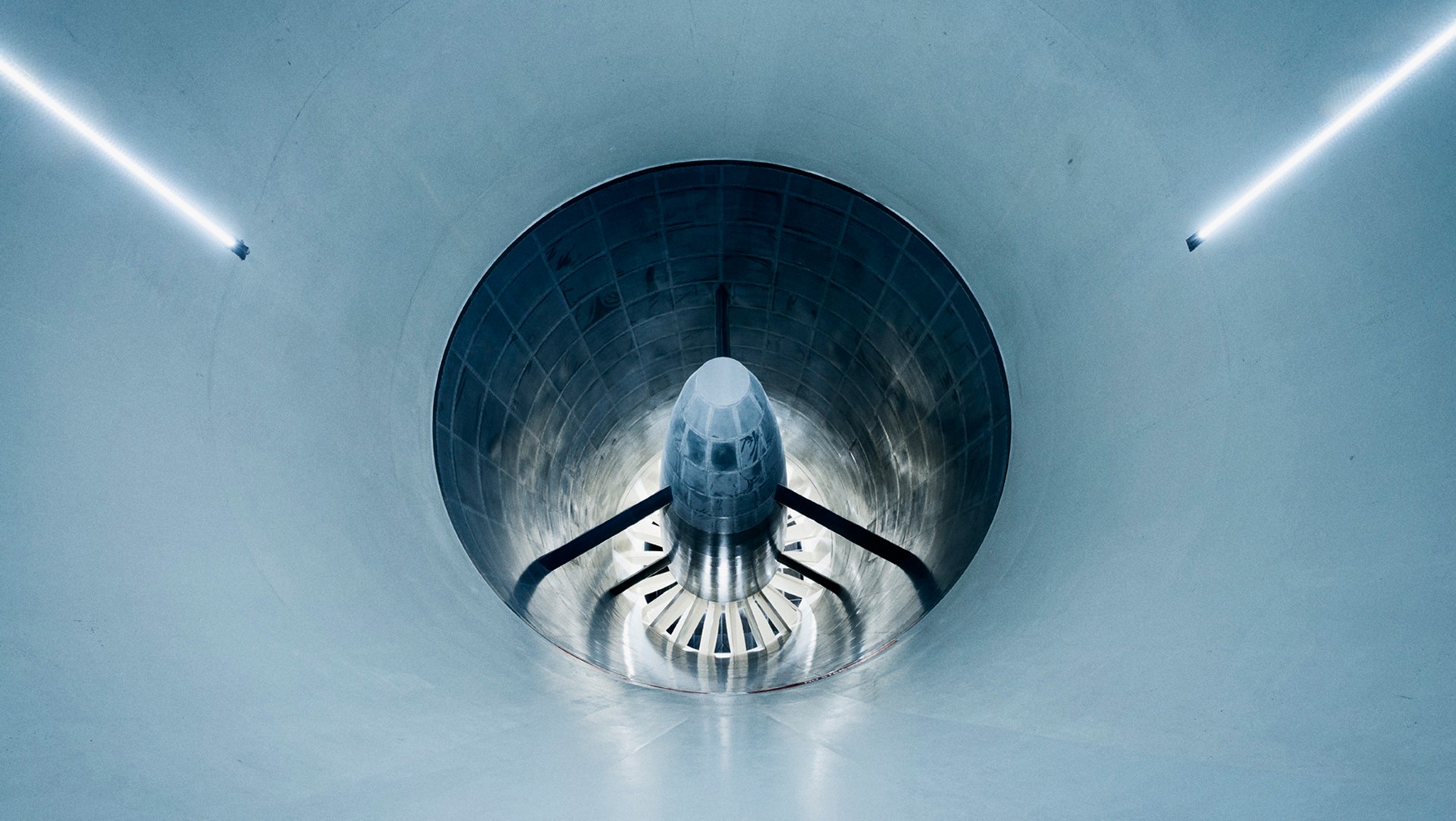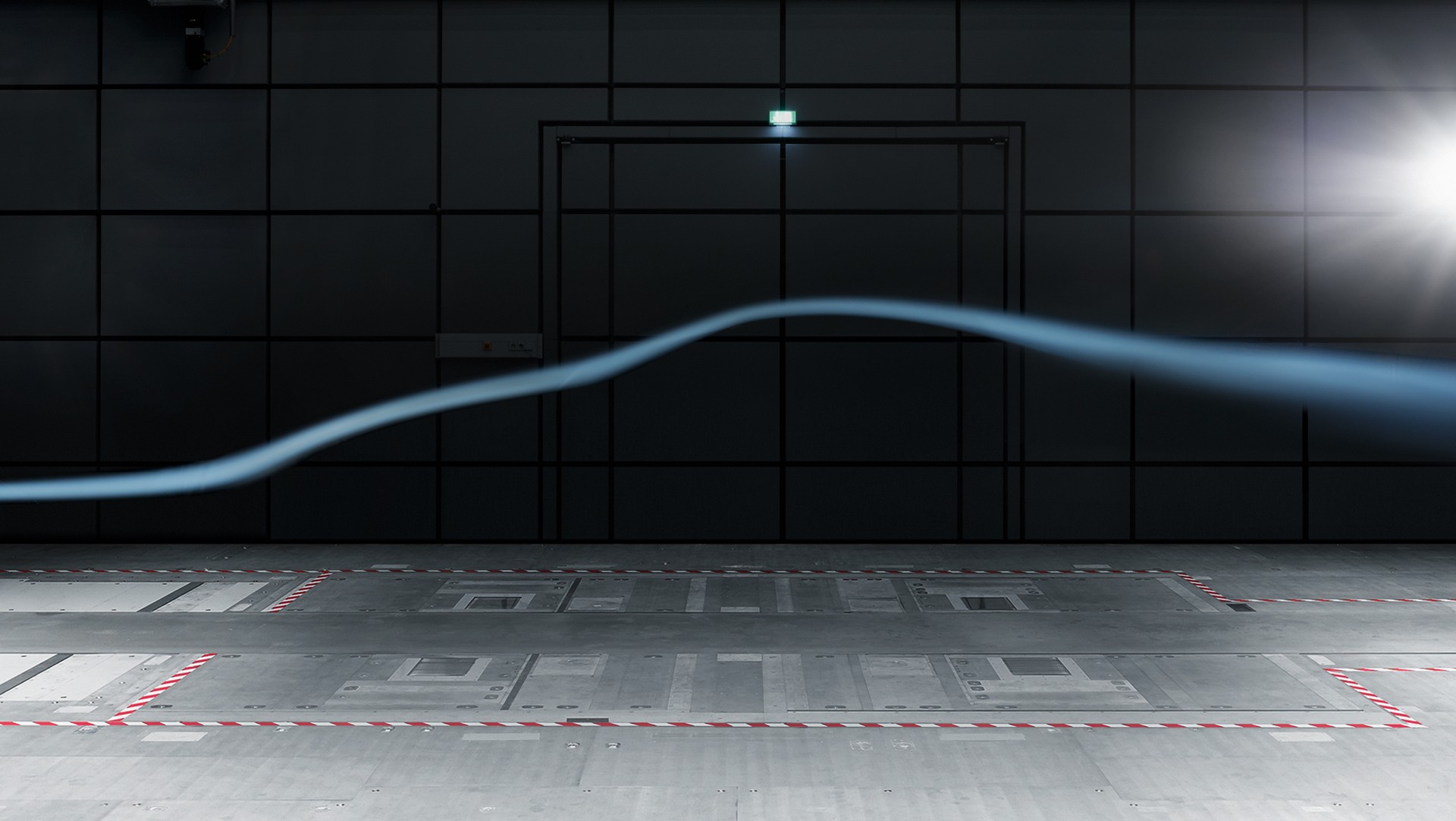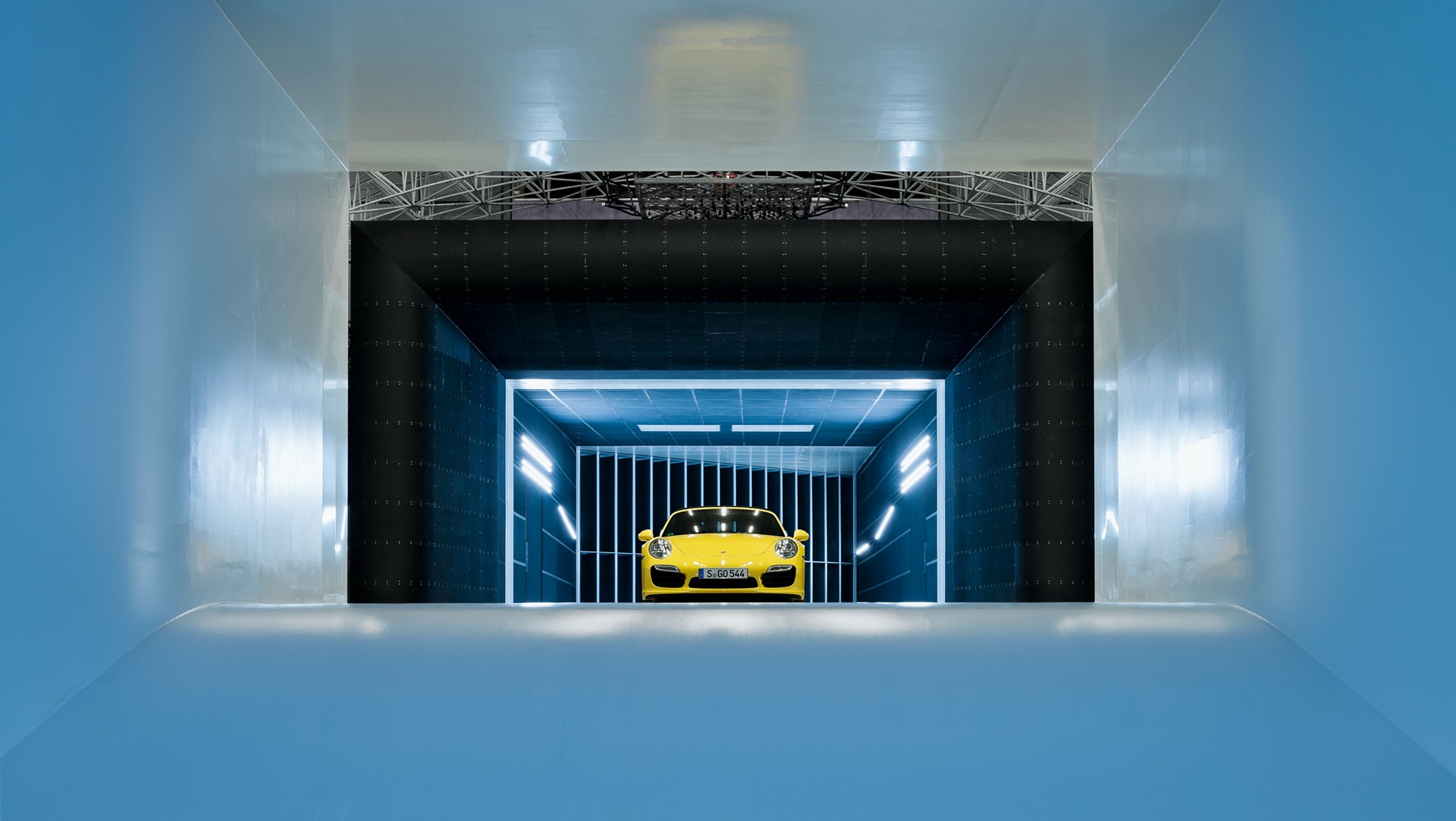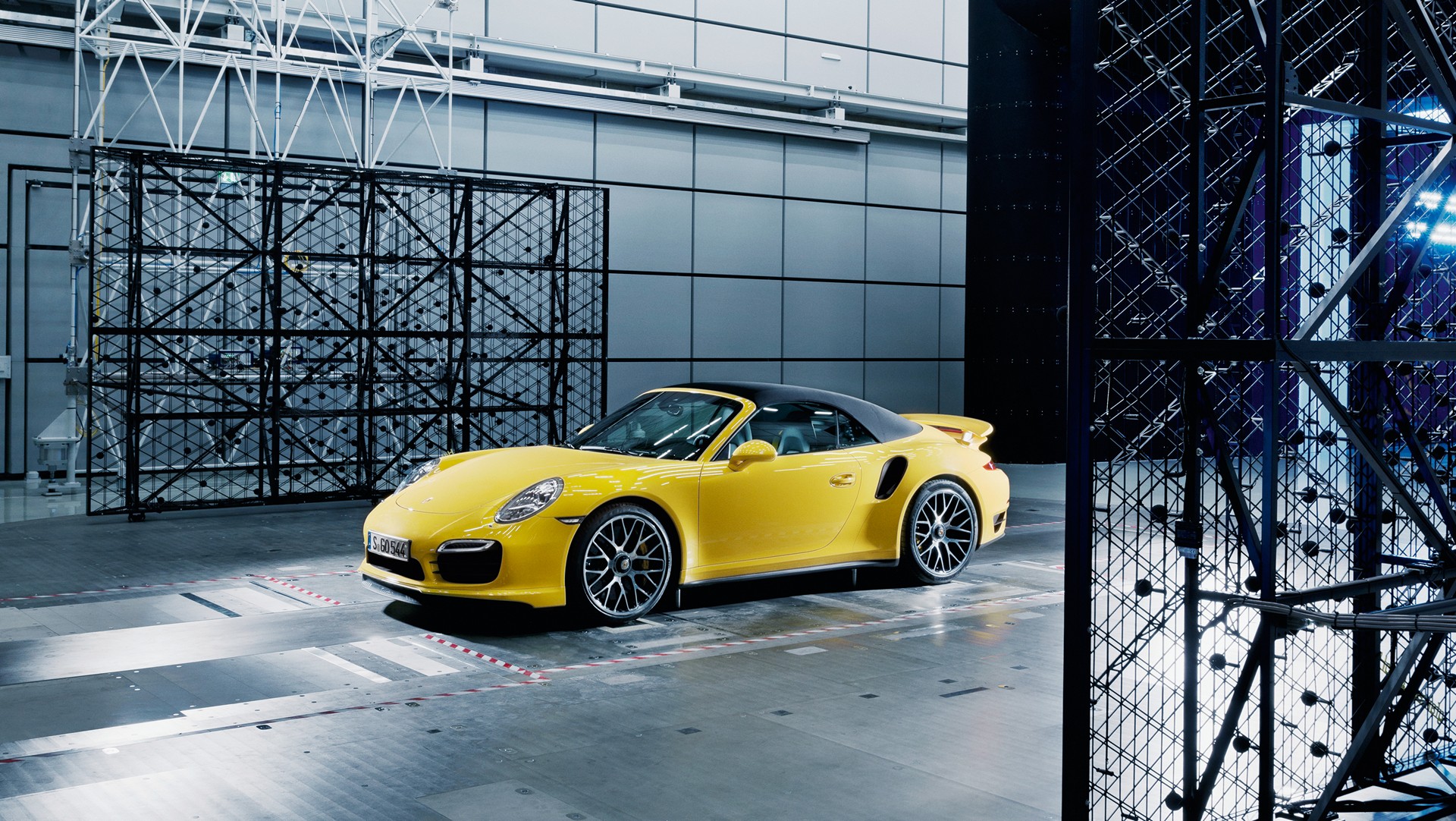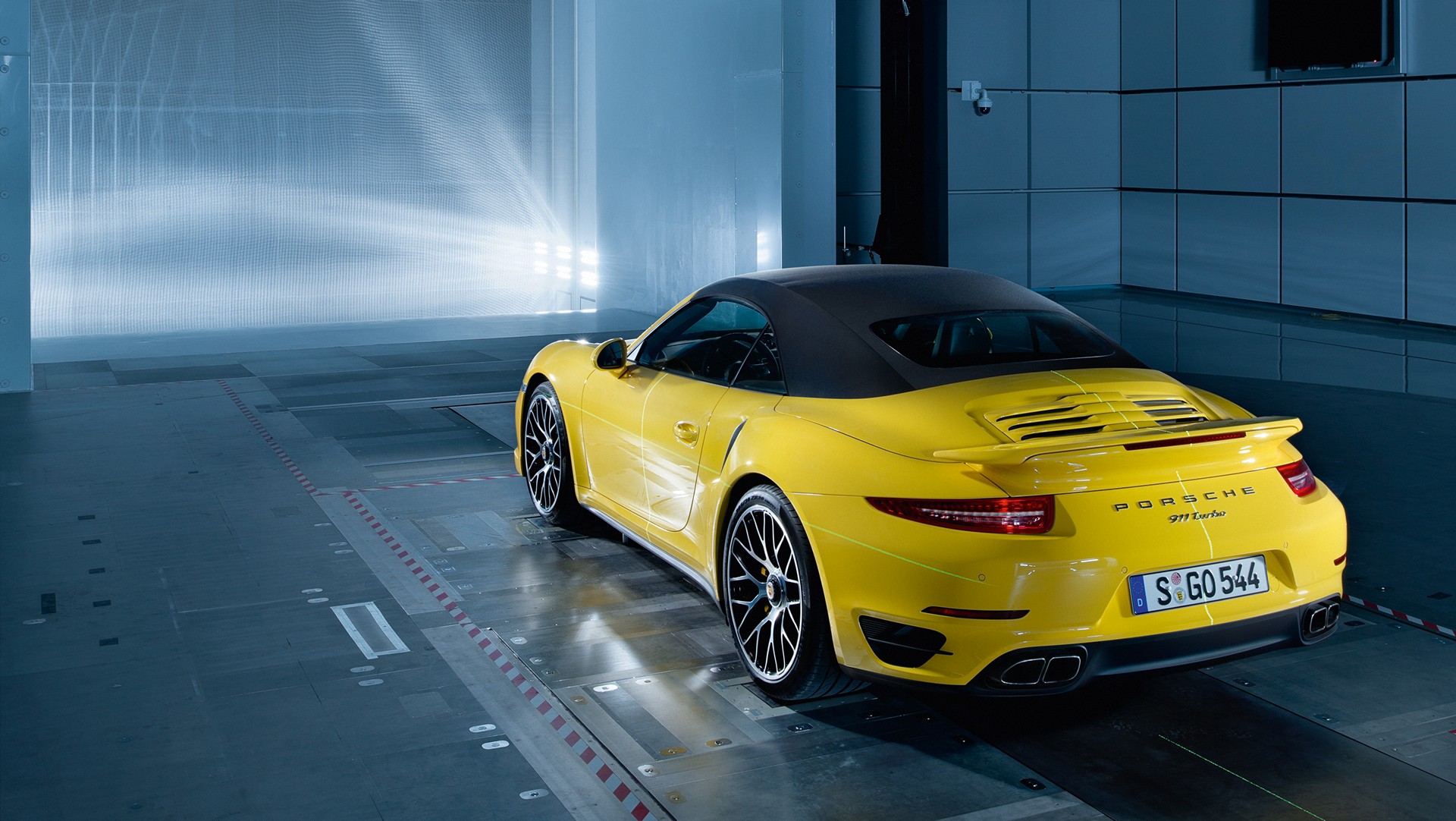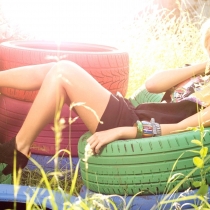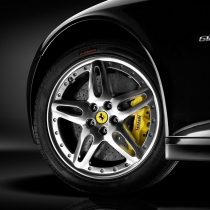The new aeroacoustic wind tunnel at the Development Center in Weissach went into operation in early 2015. Dr. Hauke Stumpf, Director Test Facilities at Porsche AG, explains the features of the new wind tunnel.
What are the characteristics that make the new wind tunnel so special and distinguish it from the previous wind tunnel?
Dr. Hauke Stumpf: Thanks to the ground simulation with the moving belt, we’ve come a lot closer to the reality of driving on the road. In doing so, we can use either the five-belt system or the single-belt system. That enables us to address different requirements flexibly and yet still stay focused on our primary objective: precision. We need to be able to detect force changes on the order of one Newton—and the new wind tunnel gives us that capability. Moreover, there are not very many automotive wind tunnels that enable a wind velocity of 300 km / h with such a large flow cross-section and such a high flow quality. For us as a sports car manufacturer, that’s especially important, because our vehicles reach those speeds, including on the track.
Before a wind tunnel can be put into operation, it first has to be prepared for its task. What’s important in that process?
Nearly all of the components are custom-built parts that only a few suppliers worldwide are capable of producing. And just as musical instruments have to be tuned before a concert, a wind tunnel also has to be precisely checked and configured before it can be used. For example, a team of experts tested the distribution of the air flow in the test section for weeks. For the results to be viable, the air flow parameters in the room may only fluctuate by less than one percent. We are very pleased to come in well below that.
In what way is the new wind tunnel equipped for the requirements of automotive development of the future?
A variable belt system of the type we have is the first of its kind worldwide. This not only makes it possible to measure and compare the results for a vehicle with different ground simulations in the same wind tunnel, but it also makes us better prepared for the future: If substantial advances in ground simulation methods were to be developed over the next few years or decades, we would have the ability to respond with an additional or modified system configuration. In a conventional wind tunnel like the one we have had since 1986, the construction would not allow that. If you want to make a modification there, you have to take the facility out of operation for a lengthy period of time. That would be very problematic for vehicle development, with its continual need for measurement. With our variable belt system, we are much more flexible.
What advantages emerge from the cluster of buildings that encompass workshops, design and aerodynamics development?
The close proximity of the facilities enables aerodynamics developers to test design studies very quickly with the highest degree of confidentiality. The wind tunnel is used again and again throughout the process, from the early development stages of design studies to the testing of vehicles that are ready for production. Moreover, the closeness promotes cooperation between different technical disciplines not only from a technical standpoint, but also from a human one.


